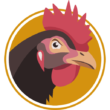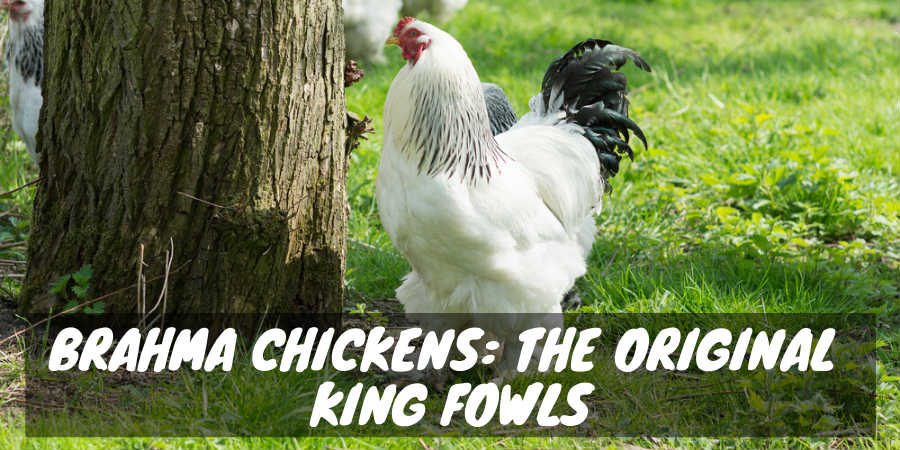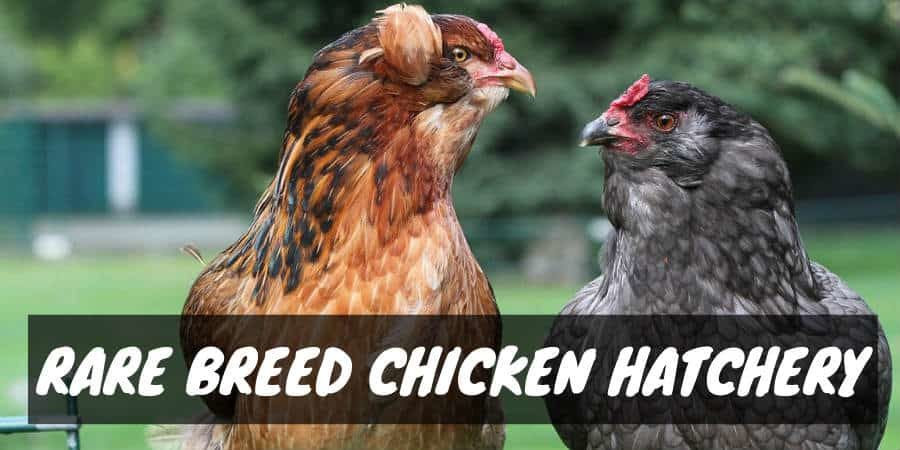Have you been thinking of adding button quail in with your chickens? As the smallest species of quail, Button Quail are extremely similar to chickens. Yet you should know their differences as well as their similarities before adding quail to your flock. Here’s everything you need to know about Button Quail.
How are Button Quail as Pets?

If you want to add a few quail to your flock as pets, then you should first understand how they function as pets. Your chickens, depending on its species, maybe quite docile and affectionate. Or you might have aggressive chickens. How will Button Quail adapt to that kind of behavior?
Button Quail can be slightly territorial. Male quail, especially, can become aggressive and territorial when grouped with other males. It’s also common for male quails to crow constantly without the presence of a female. This is because it’s searching for a female, even outside of the normal breeding season.
That being said, they can merge quite well with your chickens if you have female quail. They’ll join the pecking order and shouldn’t start any fights. The key thing is to either keep your males separated or just only include female quail.
You can also communicate with your quail. They tend to respond to quiet sounds like clicking, crowing, and chirping. You may be able to entice a qual to you if you speak softly to it.
[amazon bestseller=”button quail cage” items=”1″]
Quail also require mental stimulation. They’re relatively intelligent birds. As such, they require mental stimulation to keep their minds sharp and happy. You can provide that stimulation by providing foraging tools. They can learn how to use the tools and enjoy the puzzle of actually operating them.
Perhaps even your chickens might enjoy attempting to learn how to use the tools.
Where Should You House Your Quail?

Like chickens, quail prefer the average household temperature. When building a housing unit for your quail or wanting to enter it inside of the coop, you should make sure that the temperature never exceeds 80 degrees Fahrenheit. Along with keeping it below that extreme temperature, you should regularly check on the heater and cooler.
If it malfunctions and starts to change the temperature drastically, your quail could suffer. They don’t respond well to sudden temperature changes. This is also important for when they go outside during seasonal changes. It may be a good idea to have an indoor foraging area during the winter or transitional months.
The shock of going from a warm temperature like their nesting area to the sudden cold of the outside could injure them. Yet if they’re able to transition from their warm nesting area to a warm and indoor foraging area, their bodies won’t react so drastically.
Their habitat should also be away from drafts and off of the floor. Drafts can bring in those sudden temperature changes that could make them ill. Being off of the floor can also keep them secure and safe from any unwanted predators looking to either eat the quail or its eggs.
In regards to the size of the housing unit, it should be at least 8 cubic feet and in a rectangular shape. The flooring should be solid. Like most animals, button quail are at their happiest when they have a lot of room to roam. Because of this, it’s recommended that you build the largest habitat possible.

This habitat should also be well-lit.
Button quail can fly. They may attempt to jump and glide now and then, too. Because of this, it’s recommended that you install a flight cage to their foraging area and their housing unit. If they’re startled or they simply want to stretch their wings, they’ll have the room to do so.
Injuries can occur if a bird is unable to reach the height that it’s aiming for. If the cage is too small, for example, they can knock themselves into the cage wall and seriously injure themselves. Panicking quail, as well as chicken, are susceptible to injuring themselves in a cage.
To further keep them safe if they choose to fly or jump, the top of the housing unit and foraging area should be made of a soft material. Many quail owners use fabric to cover their habitats. This helps give the quail a soft nudge rather than a hard impact if they jump against the top of the enclosure.
In terms of the makeup of your housing unit, you can keep multiple females with a single male quail. The same goes for chickens. You can keep multiple female chickens with a male quail. However, it isn’t always recommended that you house different kinds of birds together.
If you want to house your female chickens with your quail, then do so at your own discretion. Take the time to watch them and see how they get along together. Docile and friendly chickens will have a better time acclimating to the presence of the quail than those that are aggressive.
You should not house male quail together. Nor should you house them with other male chickens or any other male birds.
For their comfort, you’ll also want to make sure that your housing unit has places for them to hide.
Finally, you’ll want to socialize your quail. This should be done by the one who is primarily handling them. Socializing should occur daily. If you want to bond a few quail together, then you should split them off into pairs and allow them to forage and spend time together.
You can also do this with chickens, but again, you should be ready to separate them in case they don’t get along together.
Feeding Quail

When it comes to feeding them, their dietary habits are quite similar to chickens. Except that quail are also omnivores and enjoy a healthy mix of meats and vegetables. 60-70% of their diet should be made up of fresh game bird food. You can typically find these at your local bird store.
The rest of the diet should include fruits and vegetables as well as grit. When it comes to serving grit, it should be in a large enough bowl that the quail can comfortably sit in.
When it comes to watering your quail, the water should be kept fresh daily. It should also be chlorine-free and filtered.
While every pet owner loves to give their pets treat, you should be mindful that the treats you give them don’t make more than 10% of their daily diet. Treats that you shouldn’t give to your button quail are fruit seeds, chocolate, avocados, alcohol, or caffeine.
Any fruits or vegetables that are not eaten by the end of the day should be removed. Your quail will continue to eat them if they’re left out. Since those can easily spoil, you don’t want your quail to eat spoiled food.
When placing the food and water, it should be kept two inches above the ground. This will help keep it from becoming contaminated from the bedding and feces on the floor.
[amazon bestseller=”button quail food” items=”1″]
Grooming
To ensure your button quail’s feathers are healthy, it’s a good idea to groom them. You can provide the materials that they need to groom themselves. You’ll want a shallow bowl that they can it in. Add a bit of chinchilla dust if you like to dust bathe your quail.
You’ll also want to ensure that their nails are trimmed regularly. Because of their reliance on their nails, you need to take them to a professional to have their nails trimmed. You risk injuring your quail otherwise.
Health

You know your button quail are healthy if they’re alert, sociable, active, and they’re eating and drinking throughout the day. Other signs that your button quail is healthy include dry eyes and dry nares. Their feathers will also be smooth and are well-groomed.





Oh my gosh!!! This is so helpful! I need to write a report about quails to show my parents, and then I might be aloud to get some! I love this, and would recomend this to other people. 🙂
OMG ME TOO!! This was the best advice I could get on these types of quails. Great facts too! I will now be able to raise them successfully thank to this website!
I’d love to have some button quails. Please let me know where to order the eggs. I have 2 incubators and both have done very well. Thank you, Robin Hilll